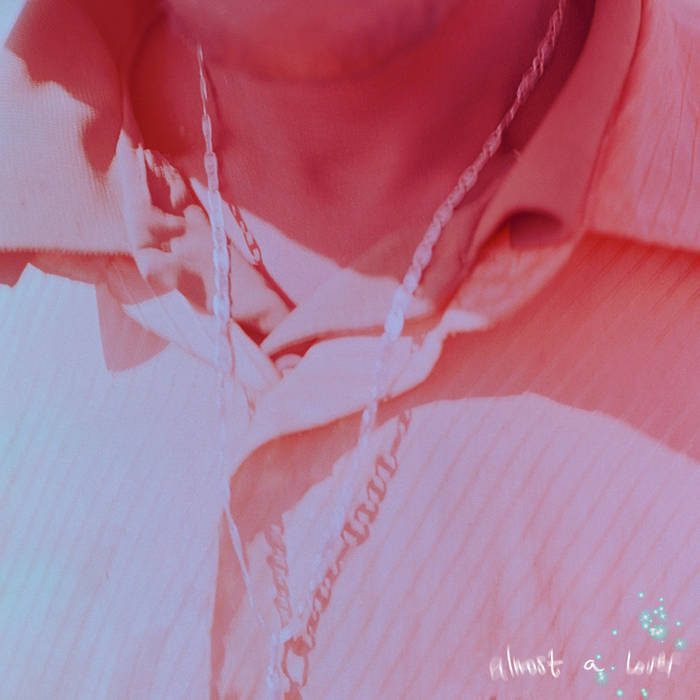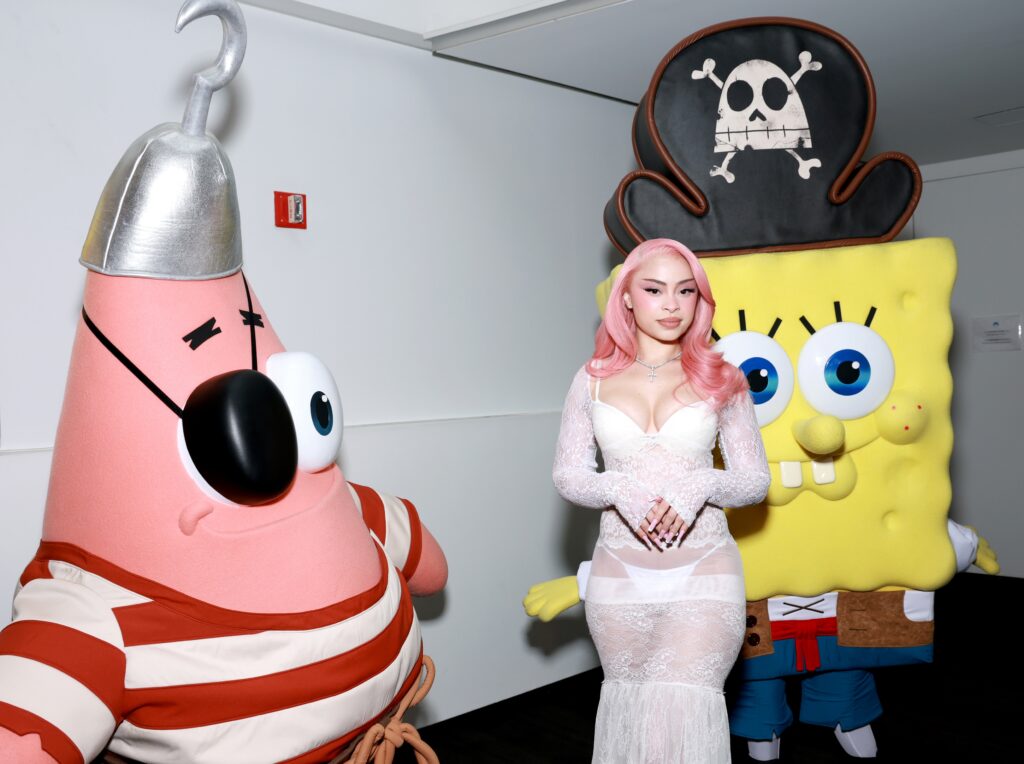
Nubya Garcia’s moment seems to have come at last. And it’s weird to say “at last” about someone who’s only in her early thirties, but I’ve been listening to her music for the better part of a decade.
I first met Garcia in January 2018 when she came to New York for Winter Jazzfest. I sat down in a rehearsal room at the New School with her, Shabaka Hutchings, and trumpeter Yazz Ahmed for a roundtable interview about their music, the state of British jazz, the impact of Brexit, and much more. At that time, her debut EP, Nubya’s 5ive, had only been out for a few months, but she was already making a name for herself alongside tuba player Theon Cross and as a member of the groups Maisha and Nérija. She was subsequently featured on five of nine tracks on We Out Here, a compilation curated by Hutchings that was intended to showcase the new London scene. Clearly, she was at its heart.
Over the next couple of years, Garcia put out another EP, When We Are, and guested on albums by Ezra Collective, Sons Of Kemet, Makaya McCraven, Moses Boyd, Ahmed, and more. Then, in August 2020, she released her full-length debut, Source. It was a really good album. It featured her longtime collaborators Joe Armon-Jones on keyboards, Daniel Casimir on bass, and Sam Jones on drums, as well as several guest vocalists and horn players from the London talent pool, and the music blended jazz, dub, Afrobeat, and cumbia into a sound that was identifiably hers. But touring was impossible, so it didn’t get the attention it might have.
She was finally able to support Source (and its remix album, Source ⧺ We Move) on the road in America in spring 2022, when she was tapped to open a string of concerts for psychedelic instrumental mood-rock act Khruangbin. I spoke to her for the second time during that tour, and she was excited to finally share the music with audiences. “Yeah, it’s crazy to only be touring it here in America now, but it’s just how it is, you know?” she said. “This is one of the things that’s happened after the pandemic. Everything has been delayed, and it’s kind of really lovely that it’s getting a new lease on life. There’s still people that are discovering it yesterday, and today, and will tomorrow.”
After releasing a split live LP with Khruangbin culled from two nights at Radio City Music Hall, Garcia has returned with Odyssey, her second full-length and her most ambitious work to date. Although it’s shorter than its predecessor — 53 minutes to Source’s 61 — it’s a far more epic record and a truly bold artistic gesture. Her live quartet of Armon-Jones, Casimir, and Jones are back, as are friends and peers Sheila Maurice-Grey (trumpet) and Rosie Turton (trombone), but the album also features guest vocals from esperanza spalding, Georgia Anne Muldrow, and Richie Seivwright, here going by just her first name. Oh, and seven of its 12 tracks feature a 12-piece string section culled from the Chineke! Orchestra, the first professional European orchestra to be made up of majority Black and ethnically diverse musicians.
Garcia wrote all the music herself, including the string arrangements, and co-produced the record with creative partner Kwes, who also worked on Source. “I’ve never written for strings, which is ridiculous, right? That I decide to go so in and write seven string tunes,” she says with a laugh, on the phone from London. “I completely bit off more than I could chew, but succeeded, because here we are and we’re talking about it.”
She feels grateful to have had some youthful experience to draw on. “I know the ranges of instruments, thank God, because I used to play the violin and the viola, but that was like a good 14, 15 years ago. I haven’t picked it up since. But I would like to say that my stint in orchestras from the age of five to 18 got me some good ears, some great intuition and like… skills, hearing skills for figuring out how I wanted to do this. It felt like a very organic, natural exploratory process.”
The actual work was both arduous and instinctive. The pieces were all written for the quartet, so they could be performed live, and the strings were always considered an additional element. “Obviously I had the main part of the tunes done — bass, keys, drums and saxophone. And then I just kind of like filled the rest of the space with the strings. Ideas after ideas kept flowing, which is very rare. Like, I’m not saying that this happens a lot, but when you do get in your flow state, you know, and that’s a really beautiful, sacred space.”
The actual recording process was separated into segments. “I had a week with my band to get everything down, to get the foundation set, and so we could do whatever we wanted. And then I had a week in Japan on tour, where I was finishing the strings and arranging things. Then I came home, had another week, and then I fashioned what I had already fully into what we had recorded and the arrangements that we’d set in the studio. And then when I came to record the strings, they were recording to what we had done. And then in the post-production process, me and Kwes sat and produced and mixed for like I don’t know how long, but some time afterwards. And that was the last stage where I could arrange things that weren’t sitting well. You know, I thought that they would work. They did work in practice. But hey, I want to try this thing real quick. Can we just cut this here and cut that there, or put that there and put that there?”



